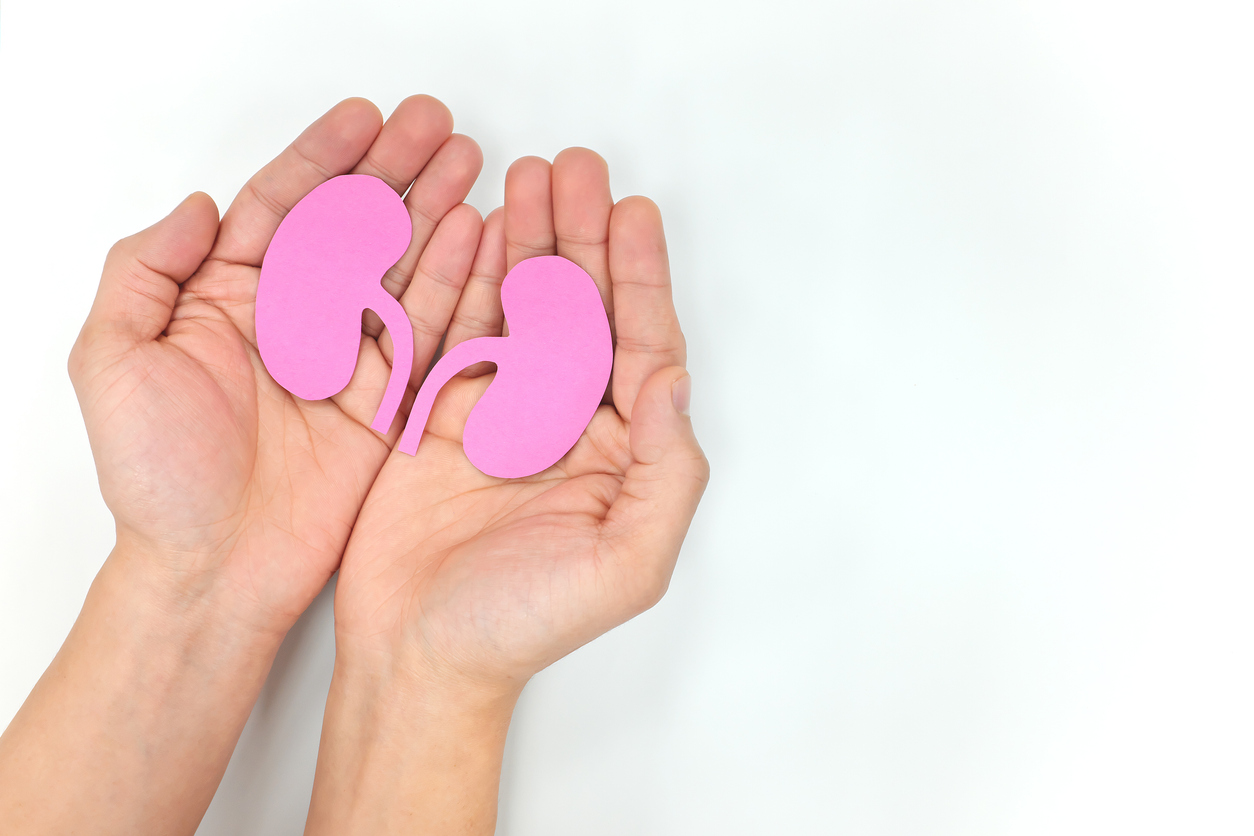Loading
“The organ donation and transplantation system in the U.S. has never worked better than it does today. Deceased donor transplants have increased for 10 consecutive years, and 26% more organ transplants are performed today than five years ago. But every day, we work to continuously improve and make the system even more effective and efficient to serve all of the patients waiting for a lifesaving transplant.
As part of these efforts, the organ donation and transplant community is working together to introduce a more fair and flexible approach to allocating donated organs to get the right organ to the right patient at the right time. Our policies have always been data-driven, but this new approach applies advanced analytic techniques to create an algorithm that makes every factor in the match run comparable.
Called continuous distribution, this new framework moves organ allocation from placing and considering patients by classifications to considering multiple factors all at once using an overall score. Doing so will dissolve hard boundaries that exist in the current, category-based system and ensure that no single factor determines a patient’s priority on the waiting list.
Read more, here.
Loading





